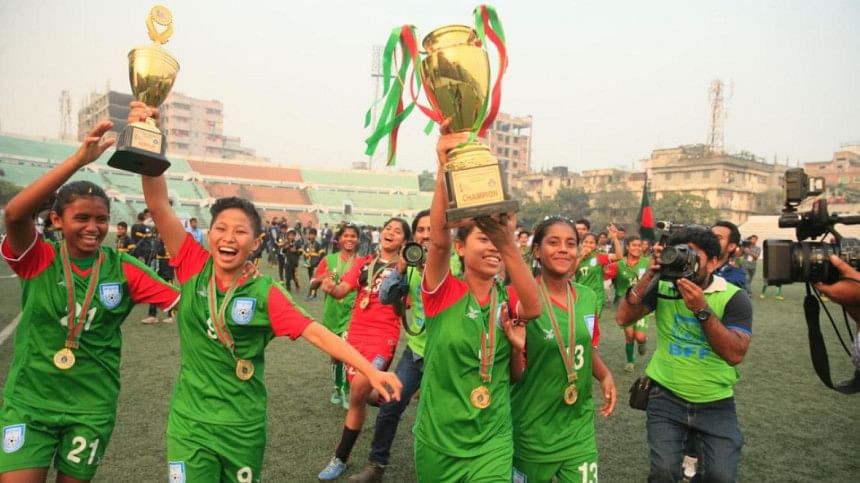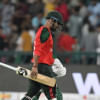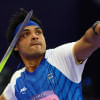Winds of Change: Equal pay for male and female sports stars

Men have historically been given preference over women when it comes to participating in sports. Although the number of women participating has increased over time, many still have inherent gender biases. Given that women are still paid far less than men for participating in sports, wage inequality is one of the most blatant examples of bias.
Not too long ago, the highest-paid men's and women's cricket players in India were paid at staggeringly different rates; the Board of Control for Cricket in India (BCCI) pays Smriti Mandhana 68.5 thousand US dollars annually, which is 7 percent of Virat Kohli's 952 thousand US dollar yearly salary.
To put it into a Bangladeshi female athlete's perspective, national women's cricket players receive less than Tk 9000 in a one-day international match whereas their male counterparts receive Tk 300,000. Despite the success and international accolades, female footballers only get around Tk 3-4 lakh a year and their male footballers make around Tk 50-60 lakh.
Sports wage disparities are frequently justified by citing the creation of revenue. According to the reasoning, male gamers produce more returns than female gamers. Sports sponsorships, merchandise, and ticket sales are just a few of the factors considered while evaluating the financial advantages of participating in sports. But this depends on the number of viewers and fans, which is affected by how androcentric sports are.
Due to societal constraints, women joined sports significantly later than males. As a result, women's sports now have less "entertainment value." However, men's sports have always been supported, which has helped them spread internationally and attract more investment.
That being said, there has been a wind of change in the same corridors of BCCI. Just like a breath of fresh air, according to Jay Shah, secretary of the BCCI, India's centrally contracted women cricketers would receive the same match fees as their male counterparts, in accordance with the board's new pay equity policy. According to this scheme, women will earn INR 15 lakh for a Test, INR 6 lakh for an ODI, and INR 3 lakh for a T20I, just like men.
Positive developments like these result from women's tenacity and resolve to demand equal rights. And it is about time that sportswomen in Bangladesh got a whiff of the winds of change. From female footballers to cricketers, all these enthusiastic souls play their hearts out for their passion and overcome societal dismay. And they succeed against society's expectations with little to no facilities or funding compared to their male counterparts.
The gender-based financial inequality in sports is primarily due to biased profit production, biased media coverage, unequal representation in sports governance structures, and the idea of physical differences. Institutional-level initiatives have begun and are crucial in building the groundwork for long-term beneficial reforms that will reduce the gender wage gap. To ensure that sport becomes more egalitarian for everyone, regardless of gender, bringing about these changes needs to be speedier and more uniform globally.

 For all latest news, follow The Daily Star's Google News channel.
For all latest news, follow The Daily Star's Google News channel. 








Comments